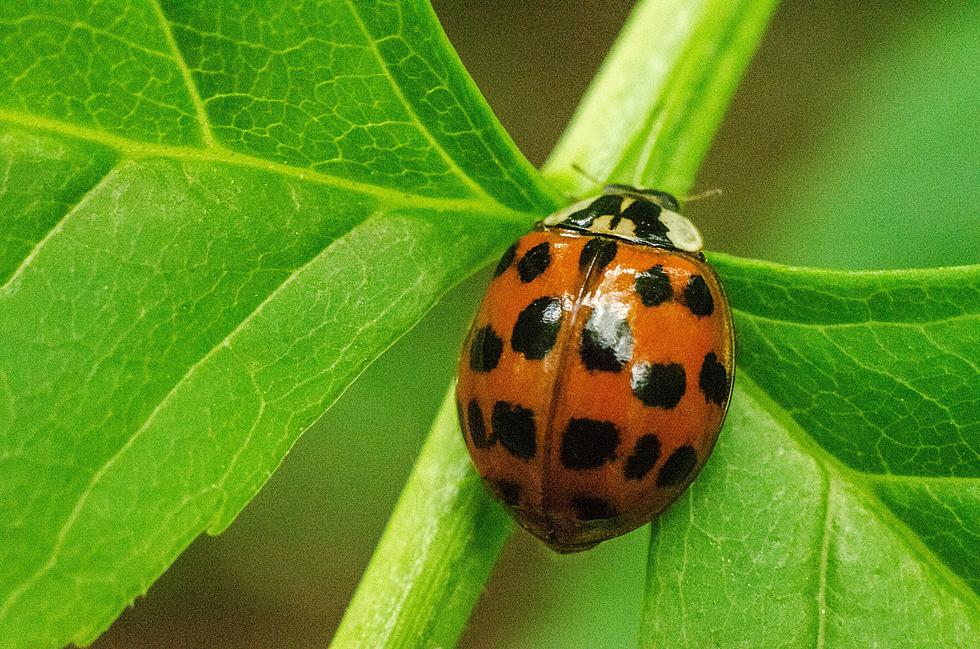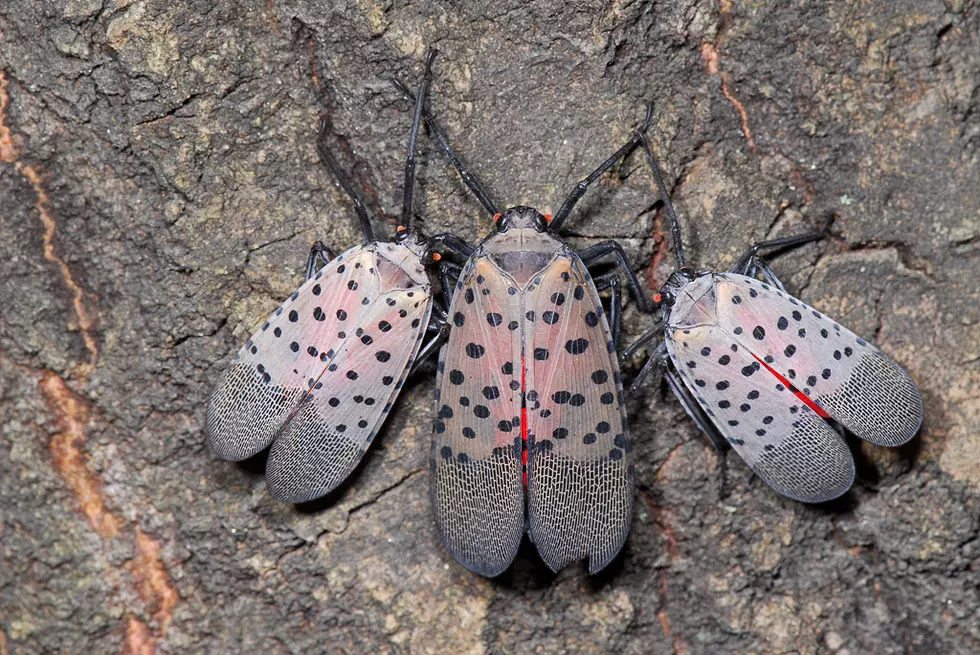![Has Spring Sprung Termites? [AUDIO]](http://townsquare.media/site/385/files/2012/04/termites.jpg?w=980&q=75)
Has Spring Sprung Termites? [AUDIO]
While spring usually brings pretty flowers, it's also a time when thousands of homeowners will discover that they've been playing host to colonies of termites.
"In the springtime, the most visible evidence of a termite infestation are the winged elates, those termites whose job it is to start new colonies. This is a mating flight of hundreds and sometimes thousands and it usually lasts three to five days," said Leonard Douglen, executive director of the New Jersey Pest Management Association.
The winged swarmers are attracted to sunlight, so a guaranteed sign that a structure may have a termite colony is to look toward the windows as sunlight streams in. That generally happens when termites have been in a building for three to five years.
"Although termites may look like ants, they don't have a pinched waist and they lose their wings," said Douglen. "Some homeowners might see hundreds or thousands of wings by the window or two walking tandem which is when they're trying to create the mating cycle in order to reproduce the colony."
Look for Mud Tunnels
The most visible sign of an infestation is the mud tunnels termites build to access a structure. The tunnels are usually against the foundation or pier post and are usually visible in basement areas or under porches.
Homeowners are advised to eliminate any water leaks in the roof or other areas and to inspect the gutters that keep water away from wooden surfaces. Crawl spaces in attics or basements should be kept dry.
It can take three to eight years for a termite colony to do serious damage. Experts believe that, under ideal conditions, a termite colony of 60,000 workers will consume one foot of a two-inch by four-inch pine wood in 118 to 157 days.
Termites eat wood, flooring, sheetrock, wallpaper, plastics, paper products and fabric made of plant fibers.
Even if a homeowner sees a swarm or notices the mud tunnels, that doesn't mean there's reason to panic.
"The cartoons where the floors are falling down is extreme. That would take years for damage of that magnitude," said Douglen. "Occasionally, you should call a professional in for an inspection, but they are easily treated. One is a chemical treatment which creates a barrier around your home and the other is a baiting system in which they take a chemical back to the colony and kill the colony."
More From New Jersey 101.5 FM









